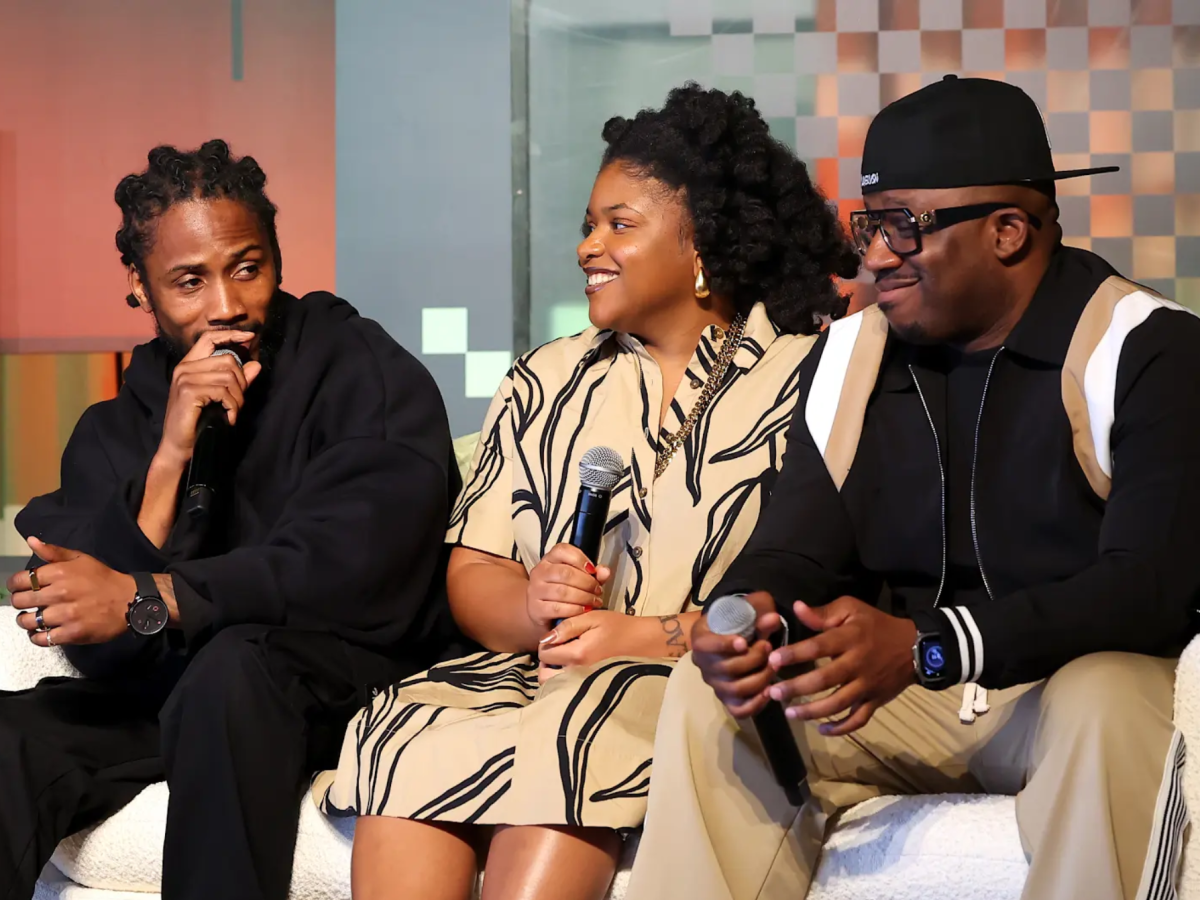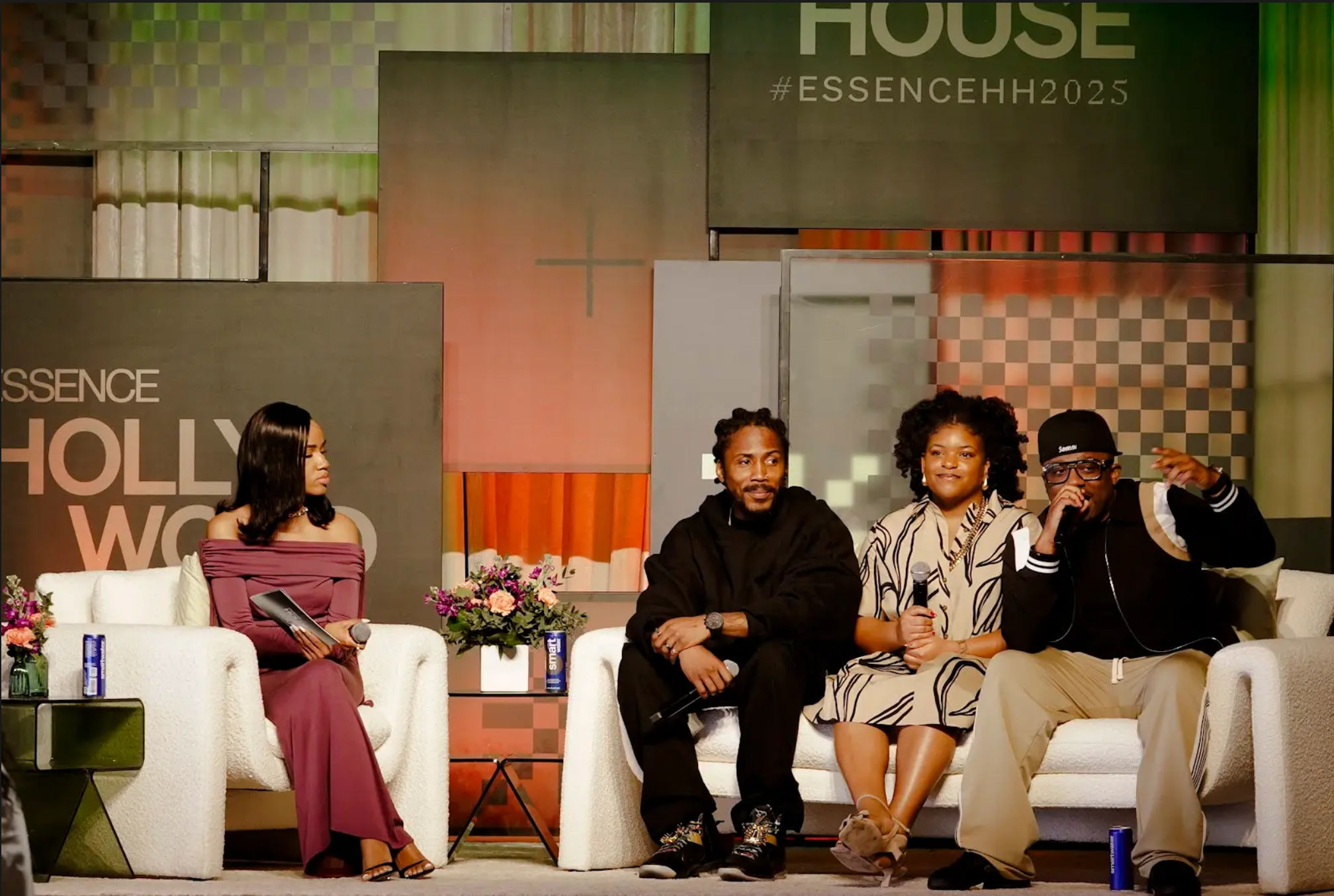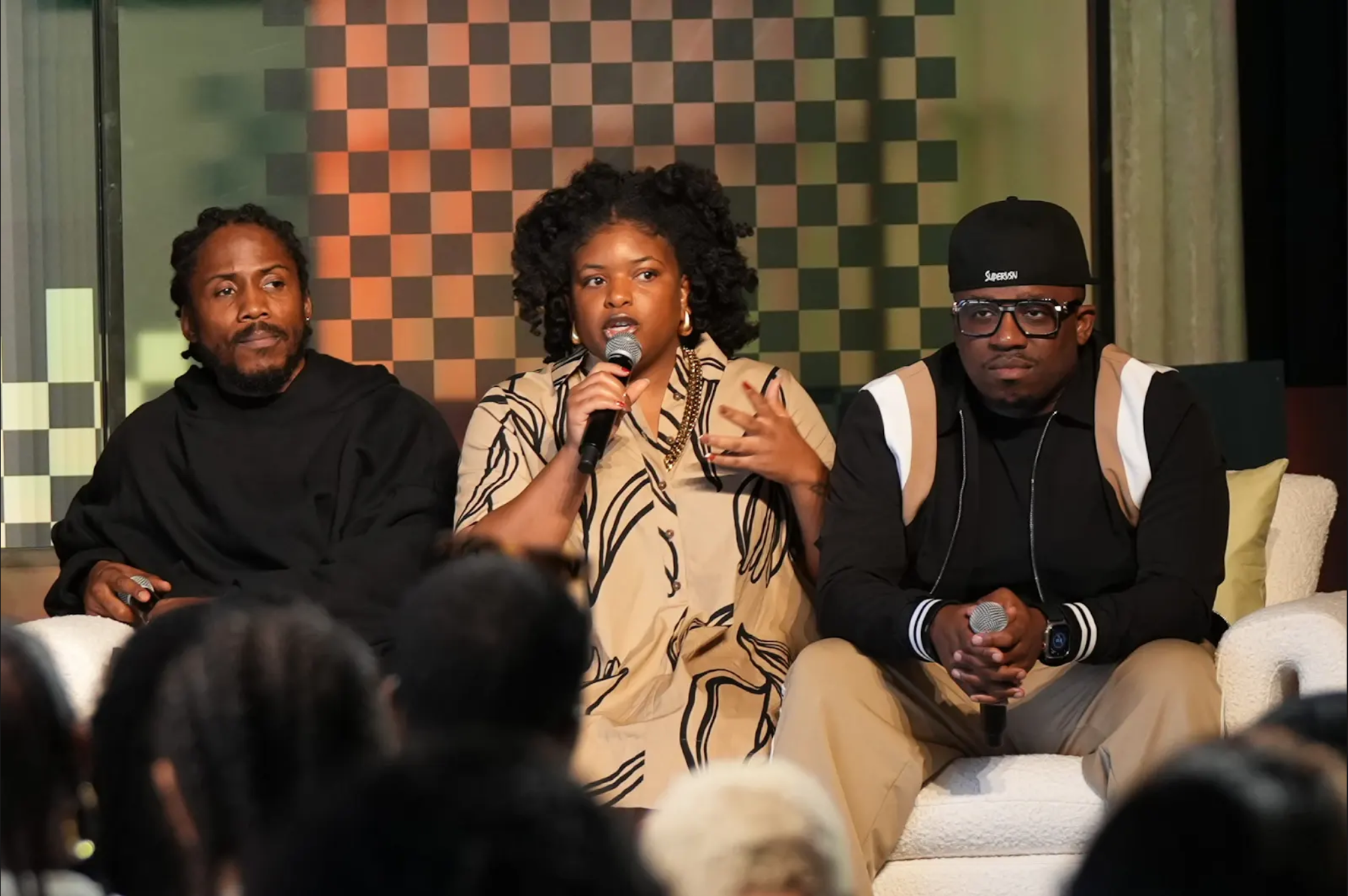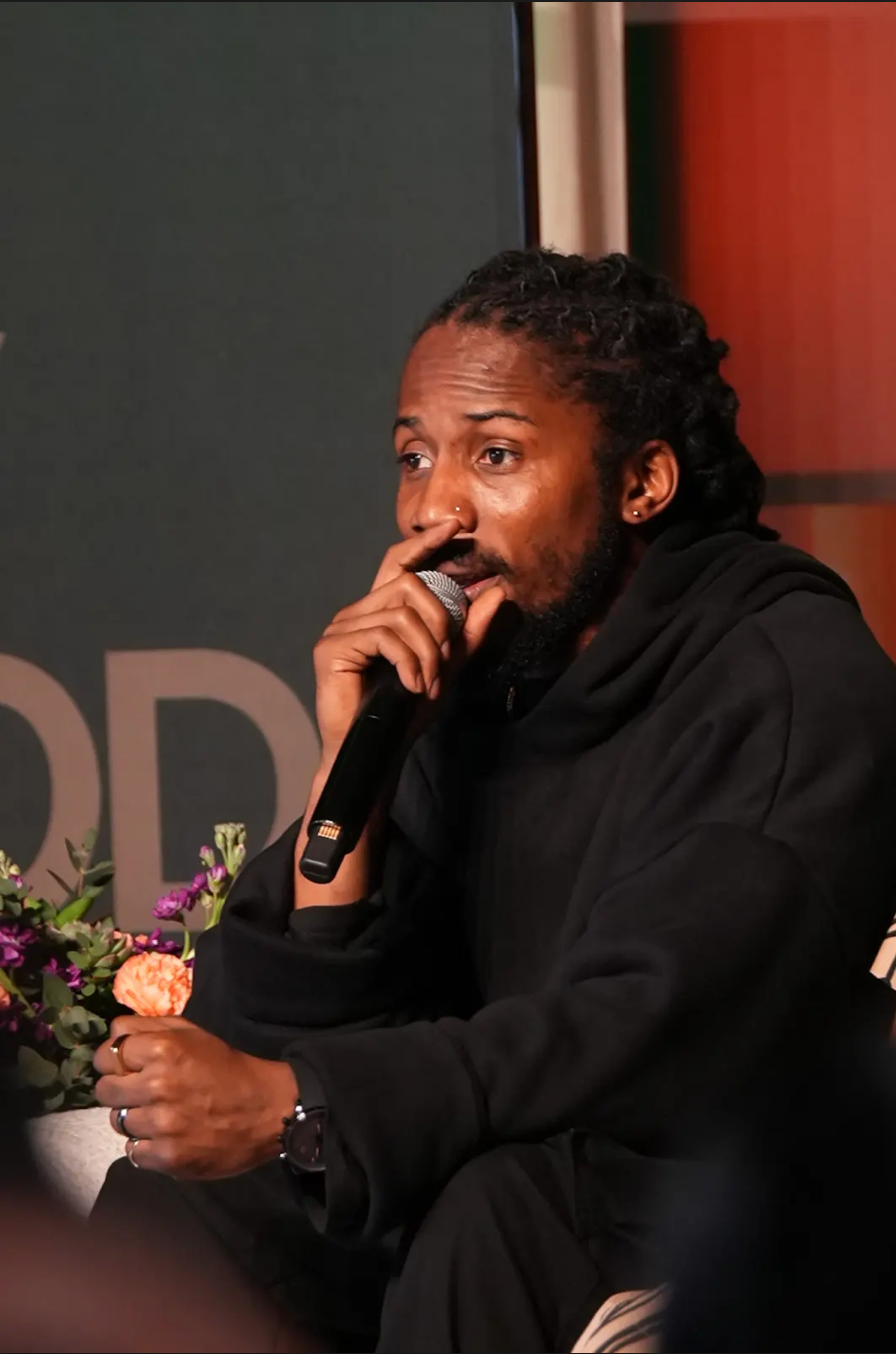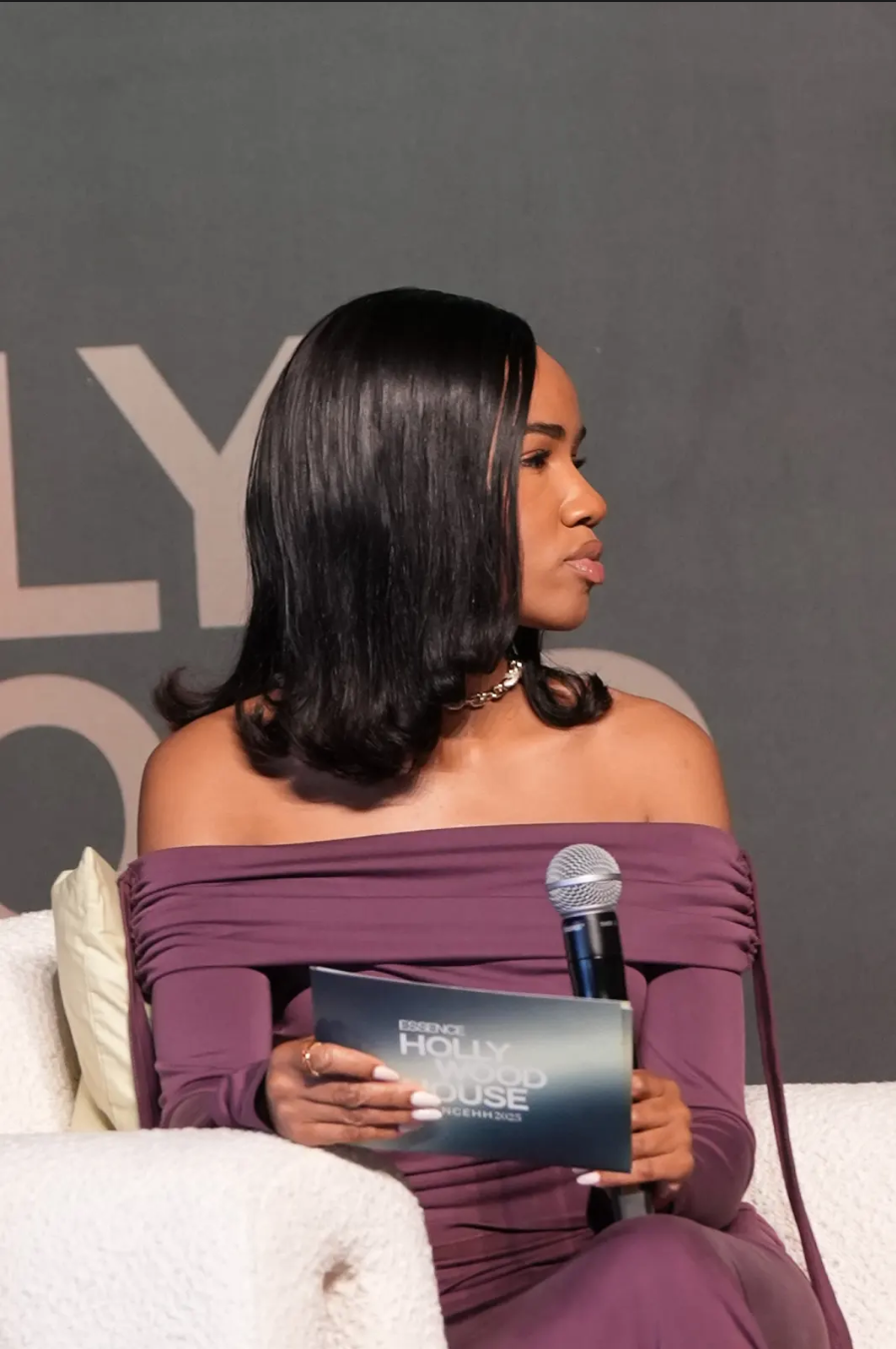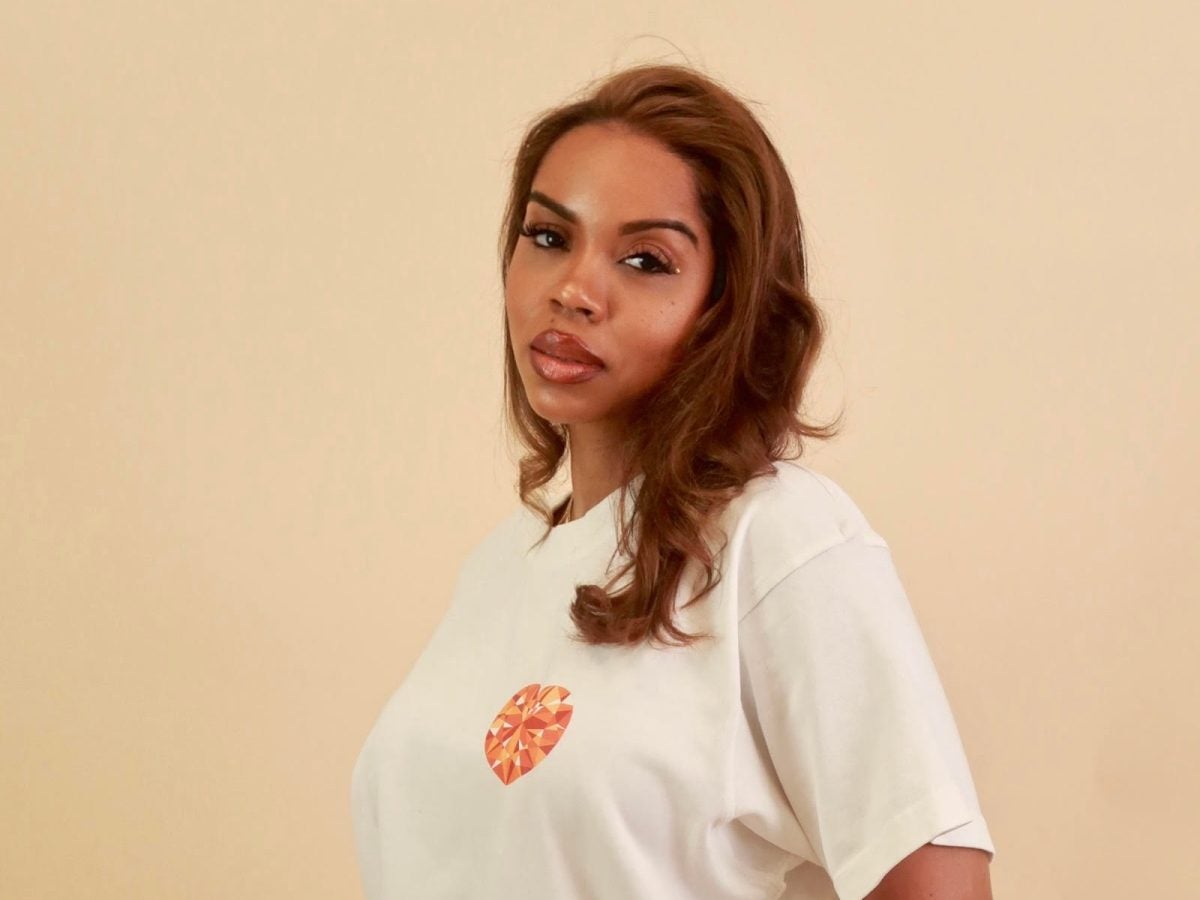
Before being diagnosed with multiple sclerosis at 26, life was a cycle of confusion and pain. For over two years, I was misdiagnosed, bouncing from doctor to doctor, searching for answers that never came. Countless emergency room visits, unexplained symptoms, body weakness, and pain became my new normal. Then, one day everything changed.
I suddenly lost the ability to walk and had to be rushed to the hospital. Terrified and vulnerable, I lay in a hospital bed, still without a clear diagnosis. But this time, my mother refused to let the medical system dismiss me again. She demanded a CT scan or MRI. If she hadn’t been an advocate for me, I wouldn’t have gotten the correct diagnosis. A doctor approached me, barely meeting my eyes: “We found six lesions on your brain. Sorry, it looks like you have MS.”
Just like that, my life changed forever.
At first, I felt relieved that I finally had an answer. But that relief quickly turned into uncertainty. What did this mean for my future? Would I be able to work, travel, and live the life I had envisioned? MS is an autoimmune disease in which the immune system mistakes the brain and spinal cord for a foreign invader and attacks the nervous system. This can lead to numbness, tingling, loss of mobility, and cognitive issues. Suddenly, my body no longer felt like my own. Some days, I could move freely. On other days, my legs felt foreign. I had to learn to listen to my body and adjust, which is something I wish I had understood sooner.
I’m a woman of faith, and I knew there had to be more. So I went on a journey of research and self-discovery. I had two choices: either let MS control my life or take control of my MS. I chose the latter. I immersed myself in research about potential treatments, lifestyle changes, and the power of holistic healing. I began incorporating cryotherapy to reduce inflammation, using hyperbaric oxygen therapy to promote brain healing, as well as IV vitamin therapy to strengthen my immune system. I also found relief in acupuncture, massage therapy, yoga, reiki and meditation. I didn’t want to survive with MS, I wanted to thrive.
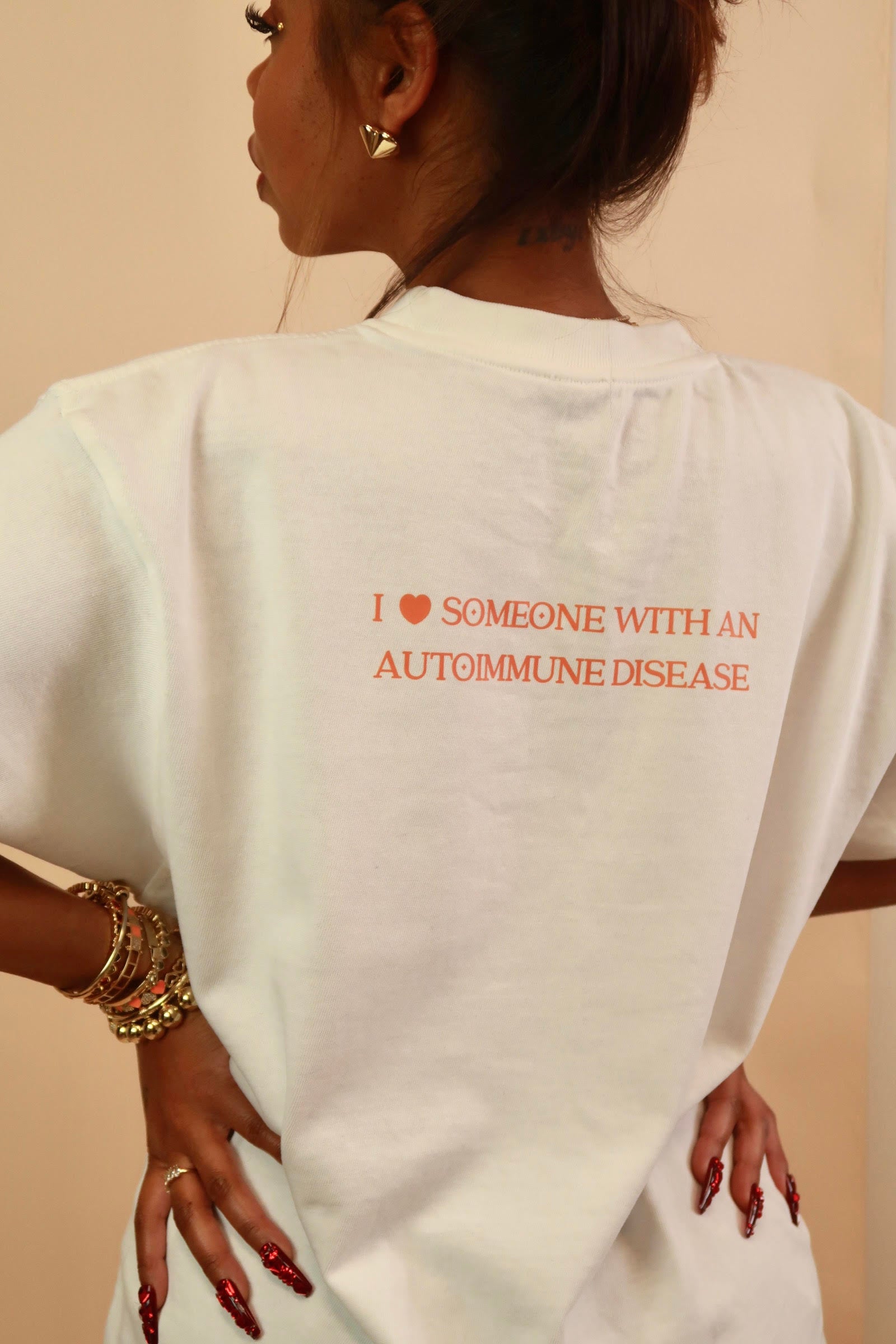
Holistic healing isn’t about rejecting traditional medicine; it’s about recognizing that healing is multi-dimensional. Medication can help manage symptoms, but movement, diet, stress reduction, and spiritual well-being are just as important. I had to become my own biggest advocate, fighting for proper care, educating myself on treatment options, and making decisions that aligned with me.
MS is an invisible battle. The body turns against itself. I might look fine on the outside, but inside, I’ve fought a war no one else could see. The hardest part? Not becoming my own worst enemy. It’s easy to feel frustrated, blame yourself, or push too hard. But healing requires grace, patience, and understanding. Stillness became survival. The world tells us to push harder, grind more, and keep moving. But for those with MS, that mindset is destructive. Rest isn’t laziness, it’s necessary. Learning to rest without guilt has been one of my greatest lessons. As a high-performing woman, slowing down has always been a struggle. Autoimmune diseases disproportionately affect women, and research from Johns Hopkins University shows that eight percent of the population has an autoimmune disease, 78% of them women. Yet Black women face higher rates of misdiagnosis, delayed treatment, and inadequate care. I learned that self-advocacy is a necessity.
On the topic of the things I learned, there are so many things I wish someone had told me when I was first diagnosed. The following are perhaps the most crucial insights:
MS is not a death sentence. Life doesn’t end with a diagnosis. There is still so much to achieve, and the power of the mind is crucial to well-being.
Physical therapy is vital. Rebuilding nerves and maintaining mobility requires commitment.
Stress is a silent trigger. Learning to manage stress early can prevent flare-ups and long-term damage.
Nutrition and gut health matter. The connection between food and inflammation is powerful.
Community is everything. Finding support can make the difference between surviving and thriving.
As mentioned, faith has been my anchor throughout this journey. Prayer, meditation, and a belief in something greater than myself have kept me grounded. I once prayed for God to use me to fulfill His purpose, and though MS wasn’t the answer I expected, I now see that my journey can help others find hope, healing, and strength.
I was once told, “Don’t do to yourself what the disease is doing to you.” MS attacks the body, but self-criticism, stress, and neglect attack the soul. Don’t make the battle harder by being your own worst enemy. Instead, be your biggest advocate, supporter, and healer. MS is part of my story, but it is not my identity.
A decade into my MS journey, I’m still learning. But one thing is clear, healing is possible. It may not be a cure, but recovery happens in the way we live, love, and advocate for ourselves.
The month of March is Autoimmune Awareness Month. Shirts featured in this story are available at amhgallery.com and were created in partnership with WE ARE IMMUNE to support those living with autoimmune disorders. “The Heart Diamond is used as a representation of strength, resilience, and beauty under the pressure of living with an autoimmune disease.”





